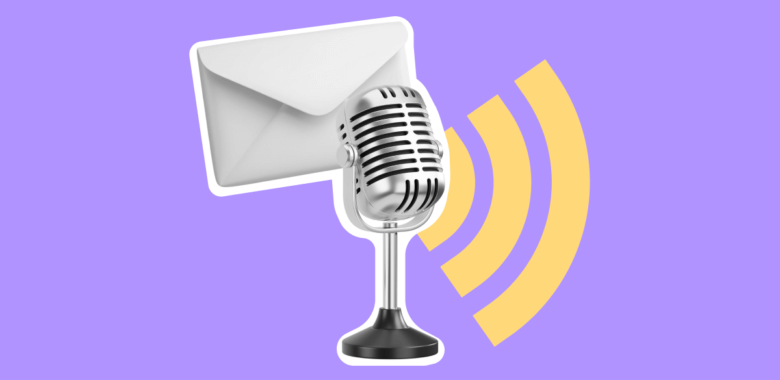But what is a brand voice?
The brand voice is the company’s personality and how that personality translates into written and spoken words. Is it upbeat and lively? Is it more serious and demure?
The brand voice should be present in everything the company does, regardless of the platform or message. But more on that later.
Right now, it’s important to understand that a brand voice consists of language, tone, and style.
Language
You could say “kids,” or you could say “children.” While these two words are synonyms, and many use them interchangeably, each has a very different connotation. “Kids” has a playful and informal feel to it, while “children” seems more formal and professional. This is only one example of brand language.
When you think about word choice, ask yourself, which words would your brand use? The vocabulary (and how you employ it) defines and reinforces your company’s personality.
As part of brand language, decide if you should speak in plain or regional English, with gender-neutral expressions or not, if you’re more concise or wordy, if you lean into more emotional or technical language, among other considerations.
Tone
The tone of voice is basically the emotion and attitude a message transmits. In branded emails, the tone will depend on the situation you describe in your messaging.
You can be friendly and fun when referring to upcoming sales. There may be a tone switch to be more professional when discussing issues with an account. Even if the tone differs, however, it should still represent the brand and its overall personality.
Tip: Brainstorm the traits and emotions associated with your brand so you can have an easier time with email branding.
Style
Style is what shapes your brand voice and creates the look and feel you want to portray. Here are a bunch of aspects you should think about when it comes to style in your branded emails:
- How are sentences structured? For example, your branded email could say, “Continue reading to learn more.” Or you could restructure and rephrase that same statement as “Ready to learn more? Keep reading!”
- Are sentences shorter or longer?
- Does your brand communicate through emojis or special punctuation?
- What is the pace?
- What level of formality fits your brand?
- Are messages in active or passive voice?
- Is the Oxford comma valid?
- How to refer to the author or the company?
To bring these concepts home, let’s look at a couple of examples. These two emails are from companies promoting coffee. Through their tones, language, styles, and imagery, you can understand that the brands are very different.
Even though they both sell coffee, the brand voice of each is distinct and suits who they are. One is friendly and informal, while the other is neutral with a focus on spirituality.










